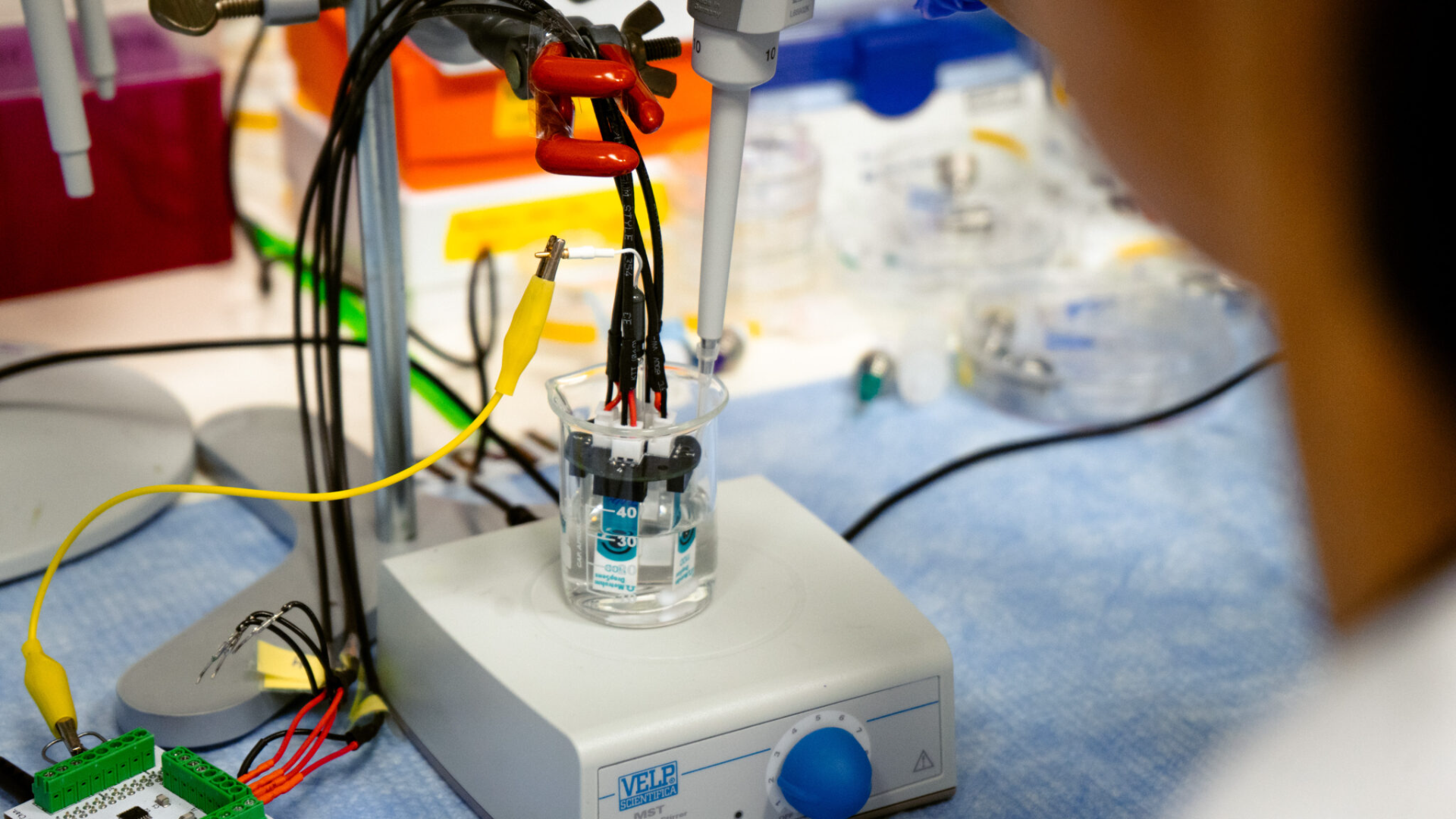Copyright Interesting Engineering

Despite advances in sensor technology, achieving devices that are both highly precise, reliable, and durable has long been a significant challenge. Researchers at the International Iberian Nanotechnology Laboratory (INL) – Olesia Dudik, Renato Gil, and Raquel Queiros – have now demonstrated that integrating graphene into solid-contact electrodes markedly enhances lithium detection. This breakthrough could lead to the development of more reliable, next-generation sensors suitable for applications ranging from medical monitoring to energy storage systems. Their findings were published in Microchemical Journal and form part of the NGS–New Generation Storage project, showcasing the potential of graphene to revolutionize lithium measurement technologies. Advances in electrode design enhance electrical performance In modern sensor technology, solid-contact ion-selective electrodes play a crucial role by converting an ion’s chemical signal into an electrical one. At the heart of these sensors is the ion-to-electron transducer, positioned between the ion-selective membrane and the electronic conductor. This layer is essential for delivering stable voltage readings, preventing the formation of water layers, and enhancing overall sensor robustness. However, selecting an optimal material for the transducer has proven difficult, as different candidates vary widely in electrical performance, surface characteristics, and long-term stability. With their recent study, the INL researchers have demonstrated that graphene-modified electrodes outperform other materials, providing highly electroactive and hydrophobic surfaces that achieve the highest capacitance and minimal potential drift. By acting like a superhighway for ion signals, graphene ensures that these signals reach the electronic system efficiently, allowing lithium levels to be measured quickly and reliably, and marking a significant step forward in sensor performance. Graphene’s exceptional properties make it perfectly suited According to Dudik, graphene’s unique properties make it an ideal transducer for solid-contact lithium-selective electrodes. She explains that it enhances the sensor’s electrical performance while also supporting long-term stability, which is an essential factor for practical applications in healthcare monitoring, energy storage, and industrial systems. The material’s combination of high electroactivity and hydrophobicity allows lithium ions to travel efficiently to the electronic system, reducing potential drift and improving measurement reliability. This breakthrough opens the door to more robust, next-generation lithium sensors capable of operating accurately under a wide range of conditions, she noted. These results offer important insights for the development of next-generation potentiometric sensors. Dudik concludes that incorporating graphene as an ion-to-electron transducer enables electrodes to deliver exceptional sensitivity, reproducibility, and overall robustness. The researcher emphasizes that this advancement supports a wide range of applications, from precise lithium monitoring in healthcare and improved performance in battery technologies to reliable measurements in environmental analysis. Furthermore, by leveraging graphene’s unique electrical and surface properties, researchers can design sensors that maintain high accuracy and consistent performance under demanding conditions, paving the way for more dependable, versatile, and widely applicable lithium detection tools.



